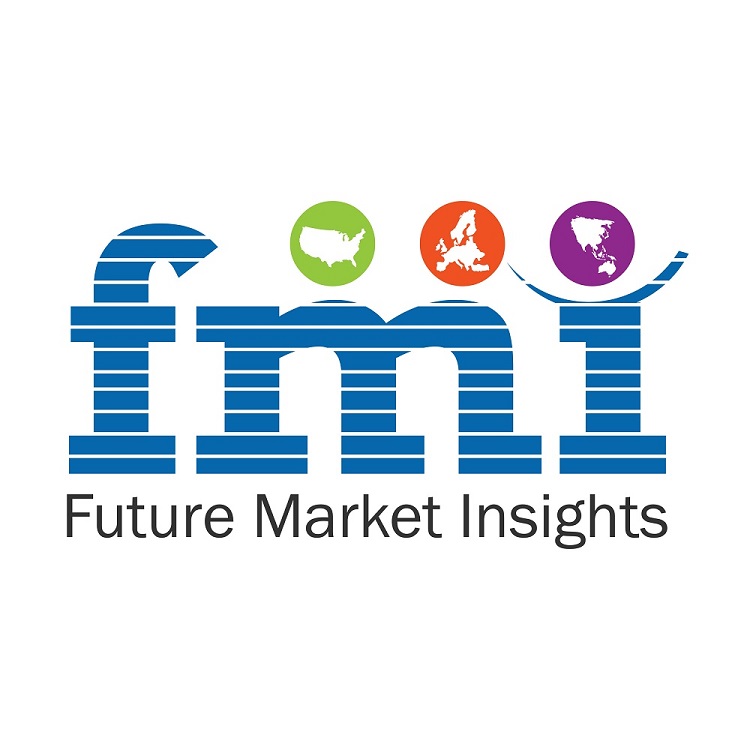The global gum rosin market is expected to witness an average CAGR of 4.7% from 2023 to 2033. The target market in this region will reach a valuation of US$ 2,460.2 million by 2033, rising from an estimated US$ 1,554.2 million in 2023.
Historically, the gum rosin market recorded a sluggish CAGR of 3.6% and reached a value of US$ 1,483.7 million in 2022. Increasing usage of gum rosin in paints, coatings, adhesives, paper, and inks will augur well for the gum rosin market as these products are undergoing a spike in demand.
Gum rosin is a kind of solid resin made from pine chemicals that are sourced from pine trees and various other plants. Also known as colophony, gum rosin is made by heating the fresh liquid resin to vaporize the volatile liquid terpene compounds. It is composed of a mixture of pimaric-type and abietic-type acids with a low amount of neutral compounds. Gum rosin Color’s ranging from yellow to black and has a semi-transparent appearance.
The market for gum rosin is positively influenced by the increasing application of the product in adhesives. An upsurge in preference for natural additives across various industry verticals. Gum rosin also finds application in the automotive and construction sectors as it is used in the paints and coatings used in these industries.
Identify key trends, drivers, and challenges in the market, which will help vendors improve their strategies to stay ahead of their competitors. View our PDF Sample Report @ https://www.futuremarketinsights.com/reports/sample/rep-gb-8949
Other applications of gum rosin include its usage as a glazing agent in chewing gum and medicines, as a dispersant and as emulsification in the synthetic rubber industry will spur the demand for gum rosin in the global market. Again, the high friction-enhancing properties of gum rosin will further swell up the demand for gum rosin in the upcoming years.
Gum rosin contains excellent physical and chemical properties which promote its usage in the manufacturing of adhesives, printing inks, paper sizing agents, solders and fluxes, surface coatings, insulating materials, synthetic rubber, chewing gums, and soaps and detergents. Gum rosin can also be used on bows of violins and other string instruments, dancing shoes, floors, and stages to prevent slipping. All of these considerations, along with others, propel the gum rosin market forward in the international space.
Key Takeaways:
- Availability of substitutes may hamper the growth prospects for the gum rosin market.
- Expansion of the adhesives and paints sector will open avenues of growth for the target market.
- The gum rosin market in China will register a CAGR of 5.3% and create an absolute dollar opportunity of US$ 648.0 million by 2033.
- Surging residential and commercial infrastructure projects will bolster the gum rosin market in India to grow at a CAGR of 5.7% during the assessment period.
- By product type, the WW-type segment will account for 38% of the market share in 2023 due to its extensive usage in paper sizing for maintaining textures and colors.
- In terms of application, the adhesive segment will continue to dominate the market.
Competitive Landscape
- Naval Overseas, Punjab Rosin and Chemicals Works, and Forestar Chemical Co., Ltd., among others, are a few of the key players in the gum rosin market profiled in the full version of the report.
In a highly fragmented environment, prominent market players are concentrating on the acquisition of smaller firms. The development of novel and sustainable products, and increasing research efforts to adopt new technologies for eco-friendlier manufacturing of gum rosin are some of the other strategies adopted by these businesses.
Contact Sales for Further Assistance in Purchasing this Report@ https://www.futuremarketinsights.com/checkout/8949
Gum Rosin Segmentation
By Product Type:
- WW-Type
- WG-Type
- N-Type
- X-Type
- Others
By Application:
- Paper
- Paints & Coatings
- Soap
- Printing Ink
- Adhesives
- Rubber
- Others
By Region:
- North America
- Latin America
- East Asia
- South Asia and the Pacific
- Europe
- Middle East and Africa
More Insights into Gum Rosin Market
FMI offers the latest, unbiased, and detailed analysis of the global gum rosin market, providing historical data from 2017 to 2022 and forecast statistics for 2023 to 2033. To understand the global market potential, growth, and scope, the market is segmented based on product type, application, and region.
According to the reports, based on segmentation, the WW-type of gum rosin will remain popular in the global market due to its rising usage in paper sizing. Based on application, the adhesive category will continue to dominate the market with a share of 28%. Rising demand for adhesives from the automotive sector will push the segment to expand at a CAGR of 5.9% between 2023 and 2033.
Based on region, the gum rosin market in India will exhibit impressive growth during this period. The target market in this country will grow at a CAGR of 5.7%. Factors like the elevated application of gum rosin in adhesives and its consequent usage in residential and commercial infrastructure projects will foster the growth of the market in India. Besides India, China too will present notable growth in the gum rosin market. Thus, India and China will significantly contribute to the growth of the gum rosin market during the projection period.
About Future Market Insights (FMI)
Future Market Insights, Inc. (ESOMAR certified, Stevie Award – recipient market research organization and a member of Greater New York Chamber of Commerce) provides in-depth insights into governing factors elevating the demand in the market. It discloses opportunities that will favor the market growth in various segments on the basis of Source, Application, Sales Channel and End Use over the next 10-years.
Contact Us:
Future Market Insights Inc.
Christiana Corporate, 200 Continental Drive,
Suite 401, Newark, Delaware – 19713, USA
T: +1-845-579-5705
LinkedIn| Twitter| Blogs | YouTube
For Sales Enquiries: sales@futuremarketinsights.com
